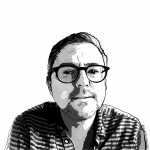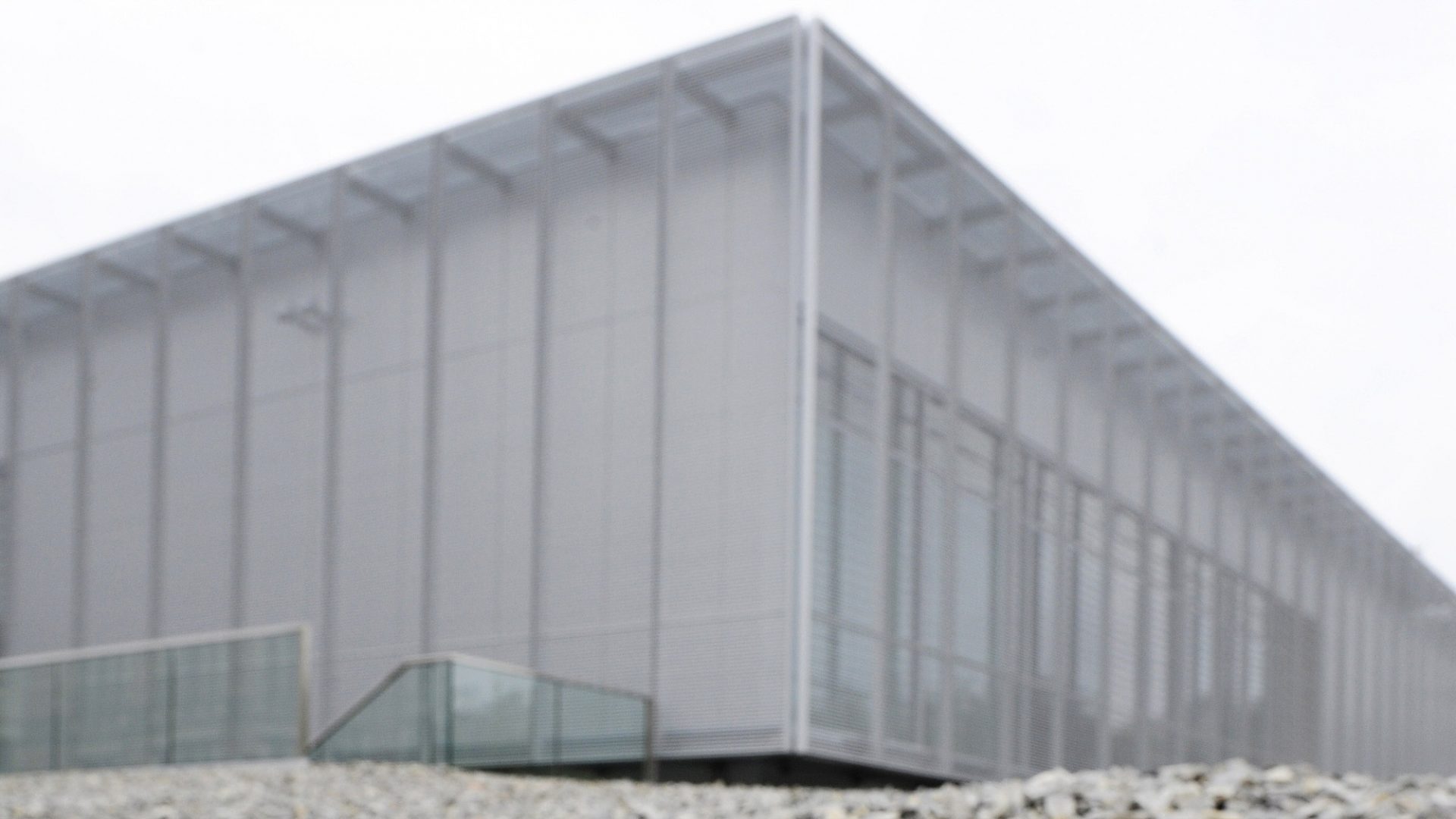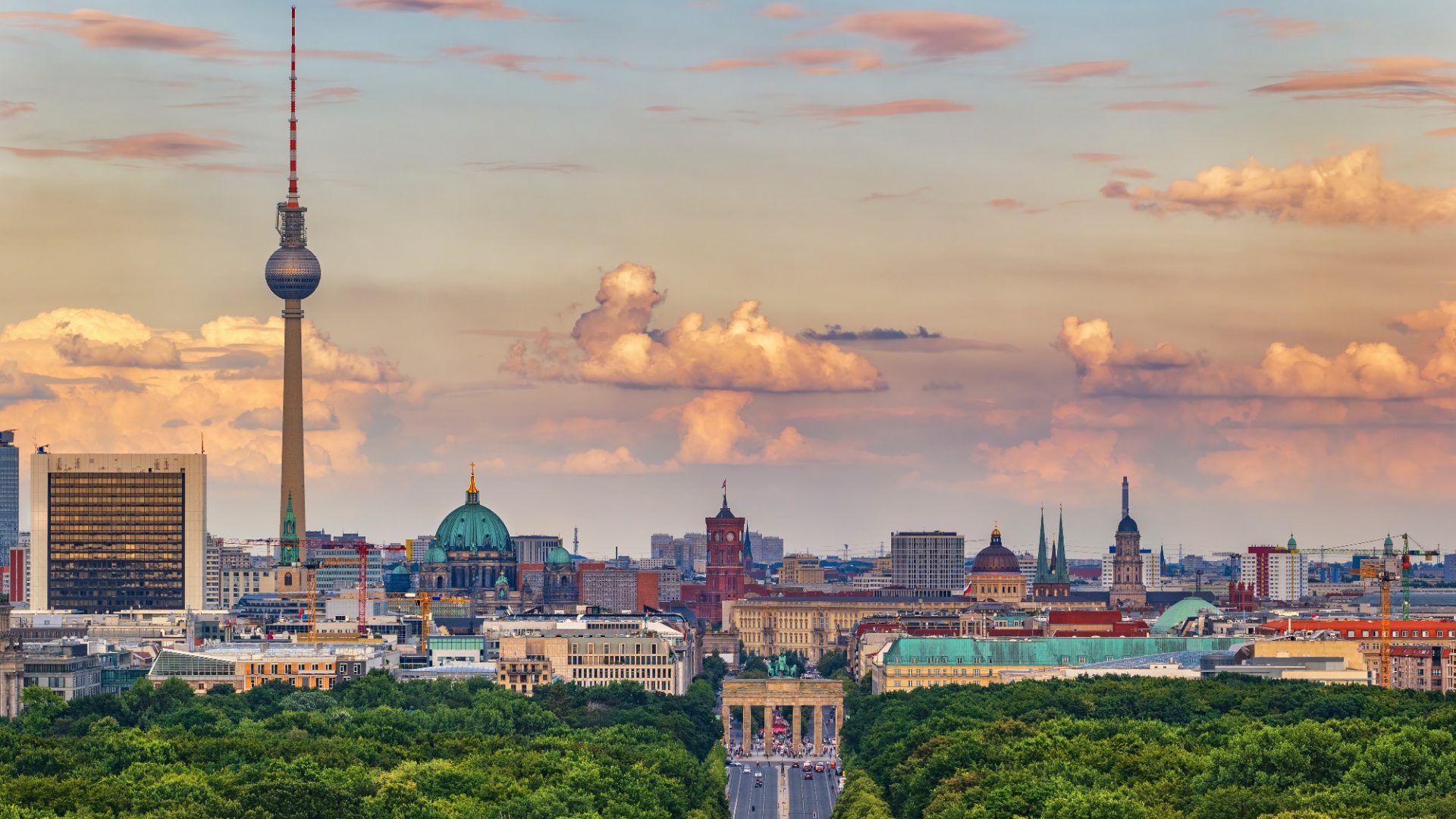Wilhelmstrasse is a busy thoroughfare that cuts through central Berlin. At one point, heading north, there is a ramen bar, a cafe advertising its cakes, a Thai massage parlour, and then to your left, incongruously, a patch of woodland and next to that, an area of open ground.
The field is about the size of a city block and strewn with dark grey stones, giving it the appearance of a volcanic plain. Set back at the far end of this mostly vacant plot, away from the traffic, is a low silver-coloured building that houses a museum, the Topographie des Terrors.
The reason for the museum is also the reason for the empty field. On this patch of ground once stood the headquarters of some of the worst organisations in history. The offices of the Gestapo, the Nazi secret police, were here at 8 Prinz-Albrecht Strasse. Also on this site were the Reich Security Main Office, as well as the offices of the leadership of the SS, along with the SD, the Security Service of the SS. Between them, these Nazi entities perpetrated acts of almost unimaginable barbarity.
Everything that once stood here was pulled down after the war, most of it having been reduced to ruins by allied bombing. The museum is a record of those absent buildings, of the acts that were planned within them, and of the people responsible.
It was here that the Einsatzgruppen were formed and given their orders. These Nazi death squads were sent out into the bloodlands of central and eastern Europe to commit acts of coordinated mass murder. The Einsatzgruppen were central participants in the Final Solution. They murdered an estimated 2 million people.
The power of the museum is that it describes these atrocities, carried out by the SS, the Gestapo and other groups, but then brings you towards the question of who these murderers really were. How could people like this ever come into being? How are such people made? Where do they come from?
Among the photographs, film footage and other displays is an account of a statement given at the Nuremberg Trials in 1946 by Dr Werner Best. He was deputy to Reinhard Heydrich, head of the Reich Security Main Office and one of the chief organisers of the Holocaust.
When asked in cross examination whether the Gestapo’s branch offices were staffed by Nazi Party members, Best told the court, “No, they were staffed by officers from the previous police authorities. Only a few new employees were hired at the time.” Best was then asked whether the senior officers were Nazis. “Some of them were officials who had held quite different opinions and belonged to quite different parties,” he replied.
Were these non-Nazis replaced later during the war? “No,” replied Best. “Most of these gentlemen actually had a very good career and were appointed to high positions.” The implication of his testimony is that the Gestapo’s torture chambers were overseen by individuals who had once been regular police officers.
Another account gives a sense of how the new political order tightened its grip through a process of forced psychological and behavioural change. One eye witness recalls being reported to the authorities for not singing with enough enthusiasm at a Nazi rally and for failing to raise an arm. The district administrator asked, “What did you do?” to which the person recalled answering, “I didn’t do anything at all!” “That’s just it!” said the official. “Times have changed. You have to raise your hand now.”
Gradually the lies, inhumanity and absurdity of the claims made by National Socialism came to be accepted. Götz Aly, a German historian, suggested in 2005 that this was down to the manipulative abilities of senior Nazi figures, including Hitler, who acted as “classic populists attuned to shifting moods”.
“They bought public approval or at least indifference anew every day,” wrote Aly. “By giving and taking away, they built a dictatorship of consent with consistent majority appeal.”
The authorities were able to stir up a populist whirl of great political events that invaded the national consciousness. The media was controlled, and all opposition political parties denigrated, banned and suppressed, so that in time a single figure came to dominate, with a single vision.
The economic fortunes of the masses began to improve, and in the echo-chamber of nationalistic fervour any concerns about persecution or the harsh treatment of opponents or minorities melted away. As the historian Ulrich Herbert put it, “the regime’s policy towards the Jews seemed an aspect that was marginal and of little importance in the face of the Nazis’ successes.”
Hans Buchheim wrote in 1967 that the people who inhabited and sustained the Nazi state learned “hardness… including against any human empathy; contempt for the inferior and arrogance towards all those who did not belong”. This process of extreme psychological degradation led to nihilism and eventually to the worst kinds of inhumanity.
People are just as susceptible to political manipulation now as they were in the 1930s – and with the advent of mass digital communications, possibly even more so.
The old instincts have not gone away, and neither have the leaders who abuse those instincts for their own ends. We have been warned.
Topographie des Terrors is open 10am-8pm, admission free




